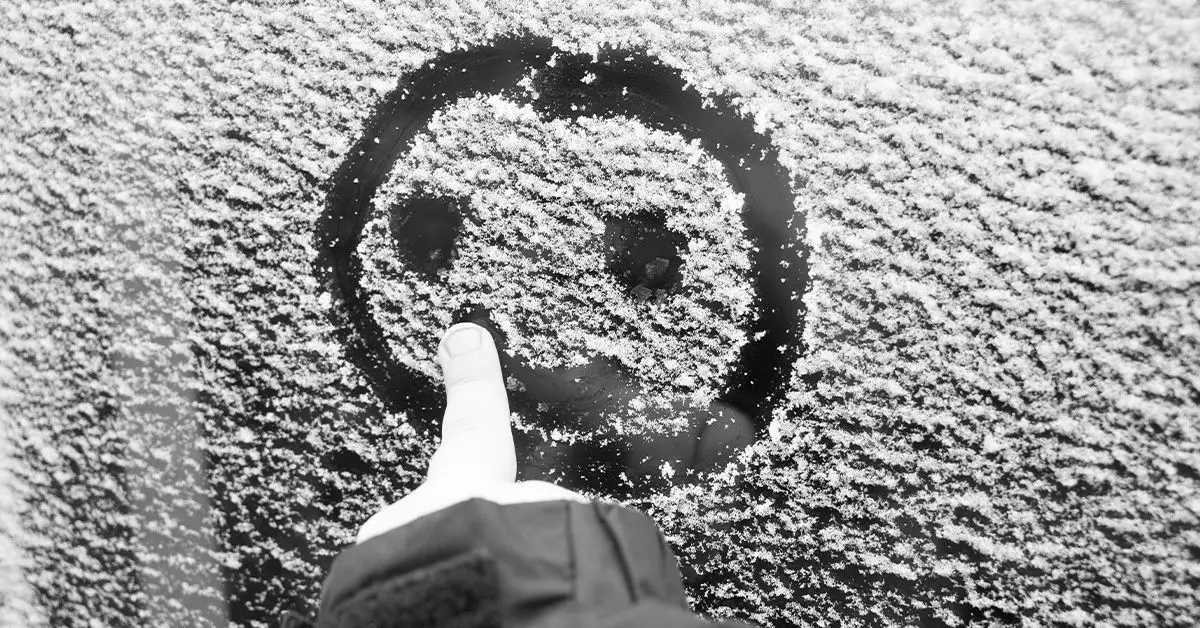The idea that individuals suffering from bipolar disorder might display a characteristic “bipolar face” is largely a misconception rooted in anecdotal evidence rather than scientific validation. Current psychiatric and psychological research does not support the notion that facial expressions contribute significantly to the diagnostic criteria for bipolar disorder. While it is tempting to link emotional states to distinct facial features, such connections remain unsubstantiated by rigorous scientific inquiry.
Bipolar disorder is primarily diagnosed based on a series of behavioral criteria, such as mood fluctuations characterized by manic highs and depressive lows. During manic episodes, patients may exhibit heightened energy and exuberance that could translate into facial expressions—like smiling or brightening eyes—that reflect these elevated moods. Conversely, depressive episodes can result in less expressive faces characterized by sadness or fatigue, but these changes in appearance do not encompass the condition’s diagnostic parameters.
Psychomotor Symptoms and Emotional Reflection
Healthcare professionals evaluating a person for bipolar disorder typically focus on psychomotor symptoms, such as agitation or retardation, rather than overt facial changes. Individuals may present with erratic physical behaviors—manifesting restlessness or lethargy—that hint at their emotional state; however, these symptoms do not directly correlate with any identifiable “bipolar face.” The portrayal of individuals with bipolar disorder as having unique facial expressions lacks empirical support, leading to potential misconceptions that can stigmatize those affected.
Interestingly, subtle changes in the eyes have garnered attention in more recent studies. A 2023 investigation into eye characteristics demonstrated that during manic episodes, individuals might showcase brighter, sparkling eyes and dilated pupils. Such observations could superficially align with the concept of a “bipolar face,” but again, they fall short of clinical validation. During depressive states, the eyes may appear dimmer or less engaged, contributing to a misinterpretation of emotional depth.
The Role of Emotional Reactivity and Research Gaps
Historical studies, such as one conducted in 2013, explored the facial reactivity of those with bipolar disorder in response to emotional stimuli. Results revealed that patients exhibited less facial reactivity than control groups without the disorder, potentially illuminating differences in emotional processing. However, this research had notable limitations, including a small sample size, underscoring the necessity for broader and more conclusive studies on the subject.
Despite anecdotal evidence suggesting that people with bipolar disorder may sport identifiable facial expressions, current scientific consensus dismisses this idea. Emotional expressions are complex and influenced by numerous factors, including individual personality and cultural background. Therefore, attempting to pigeonhole individuals into categories based on facial characteristics can lead to oversimplifications and misunderstandings about the multifaceted nature of their experiences.
In the face of such uncertainties, it is imperative for anyone expressing symptoms of bipolar disorder, or those concerned about noticeable changes in their appearance, to seek professional advice. Mental health professionals can provide the appropriate assessments and interventions necessary for understanding and managing the complexities of bipolar disorder, without falling prey to sensationalized stereotypes or myths surrounding the condition.

